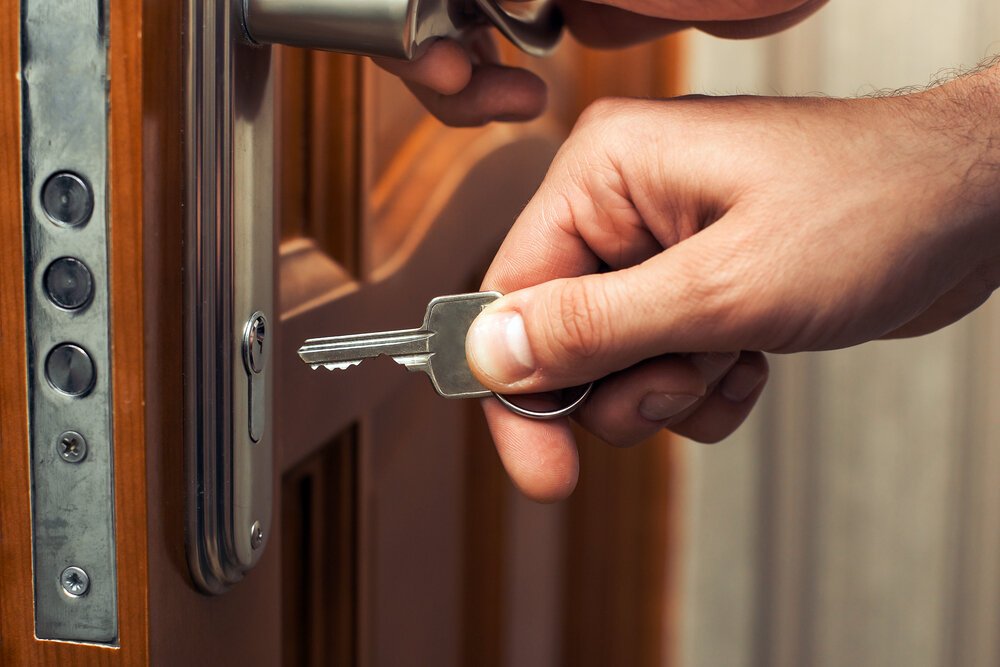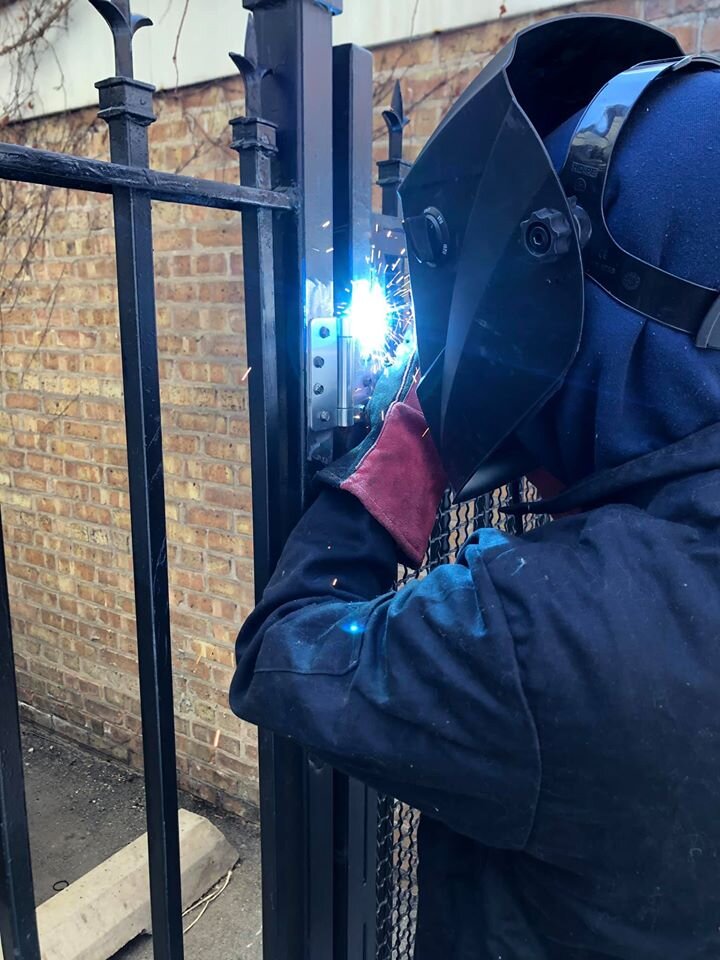When you have a lock that needs to be repaired, it's not doing the job you want it to do. Your locks need to be reliable and they need to guard your home or business. If you have a lock that's not working, it's time to call a professional locksmith and get it repaired.
There are many types of lock repairs that you might need. You might notice one of the many issues and not know why it's happening. Let's look at some of the types of door lock repairs you might need.
Door Won't Latch Properly
This is a pretty big issue. If your door lock won't latch properly, you need to get it fixed immediately. Usually, this means the strike plate and the latch are not in alignment.
It might be as simple as tightening the hinge screws or adjusting the strike plate. However, the repairs could be rather minor or could include adjusting the entire door.
If your door lock isn't latching properly, you need to call a residential locksmith. It's important to make sure your door latches properly. Even if you think you can fix it yourself, you might be leaving your door vulnerable if the job isn't done correctly.
Door Lock is Frozen
sometimes, an exterior lock will freeze during the winter. Interior locks can also freeze up due to dirt and wear and tear. While you might need a replacement lock, you can start with a few simple fixes first.
Try putting a little graphite in the keyhole. Then, operate the lock a few times to get the graphite into the mechanism. Sometimes, this is all it takes.
Lock de-icers can help if the lock is frozen, too. This can help with gummy, dirty deposits or during cold weather.
If neither of these options help, you may have to disassemble the lock. When you get to this point, hiring a professional is the right choice. They can assess the situation and make the right recommendation for your frozen lock.
Broken Key in a Lock
A very common repair you will likely need a locksmith for is a broken key in the lock. When this happens, it can be very difficult to remove the broken key yourself. It may also require tools you don't own. If you try to do this yourself and you don't do it right, you could cause quite a bit of damage to the lock.
When you break a key in your door lock, you should call an emergency locksmith. This type of locksmith will show up quickly to help you get the broken key out of the lock and give you access to your home or car again.
Whenever you're dealing with a door lock repair, a professional locksmith is best. You don't want to cause more damage to the lock. With the right help, you won't have anything to worry about. Locksmiths have the right tools and they are highly trained to deal with all types of door lock repairs and issues.





